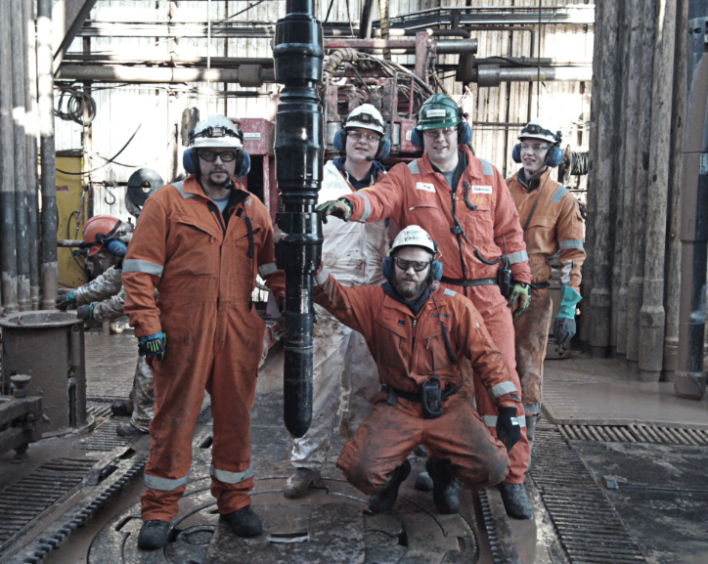
A new cost-reducing, first of its kind well abandonment tool developed by Aberdeen-headquartered Deep Casing Tools has gone from concept to offshore trial with Equinor in just nine months.
Deep Casing Tools’ first prototype Casing Cement Breaker was trialled in a well on Equinor’s Huldra field, in the Norwegian North Sea, as part of a plugging and abandonment programme (P&A), just weeks after the Norwegian operator’s staff were introduced to the tool by drilling services company Archer.
The innovative Casing Cement Breaker deals with problem cement in casing, which hinders conventional methods for plugging and abandonment and slot recovery, when operators want to extend production.
By breaking the bond between the cement and breaking down the structure of the cement behind the casing , well abandonment methods including perforate and wash, cut and pull and milling are simplified and easier or, in the case of milling, are no longer needed, saving operators significant time and cost and reducing risk and uncertainty.
The successful trial of the prototype, which is now being developed into a stronger, second-generation tool, look set to be transformational for Deep Casing Tools, by opening the casing and completion technology business to a new market in well abandonment.
Well abandonment is estimated to account for 45% of the entire cost of decommissioning. In the next decade, 1400 wells are due to be abandoned on the UK Continental Shelf alone. With higher oil prices, operators increasingly want to re-use well slots, to drill new wells, a task the Casing Cement Breaker also makes easier.
David Stephenson, Deep Casing Tools’ Chief Executive Officer, said: “This was an idea on a white board just nine months ago. We have now proven it works with our very first prototype. We’ve proven it breaks down the bond between the cement and the casing, as well as the structure of the cement behind the casing, and that it reduces the forces needed to remove casing – by around 50% on this first trial. We expect to achieve 90% reduction as seen on testing with future generations of the tool. For operators, this means less time and cost. You can pull longer sections with less force, fewer trips, fewer cuts and less rig time.”
Following the trial, in March, Deep Casing Tools already has two more offshore trials lined up with another major oil company, for later this year and early 2020.
“The interest in our tool, from operators and P&A companies, shows just how much the industry is in need of technologies like this to make these operations easier and more cost effective,” adds Stephenson. “Our expert in-house engineers have developed this technology, but it’s thanks to Archer’s support that we got it to trial so quickly. Very early on, they saw its potential and were instrumental in introducing us to Equinor’s well abandonment team and arranging the trial. We look forward to our continuing work with them as a technology partner.”
The hydromechanical tool, which is run down hole on drill pipe, works using pressure and rotation to manipulate the existing casing in the well, within its elastic limits, breaking down the bond between cement and casing, as well as the structure of the cement behind the casing.
Following the trial, Equinor has indicated it would like to be involved in the evolution of the tool. In anticipation of increasing interest in its Casing Cement Breaker, Deep Casing Tools is working with manufacturers to help bring future tools to market faster.
Torodd Solheim, Global Advisor at Archer, said: “Experience shows that about 20% of all pulling operations take longer and cost more than anticipated. New solutions are needed.
“The Casing Cement Breaker will reduce the risk and uncertainty for operators. At the moment, the decision path around plugging and abandonment can be unstructured one. The condition of the cement down-hole is generally an unknown, making decisions on whether to perforate and wash, cut and pull, or section mill, often based on trial and error, swelling the already prohibitive costs. Removing the guesswork will inevitably lead to a more clear and structured decision-making process across the board.”